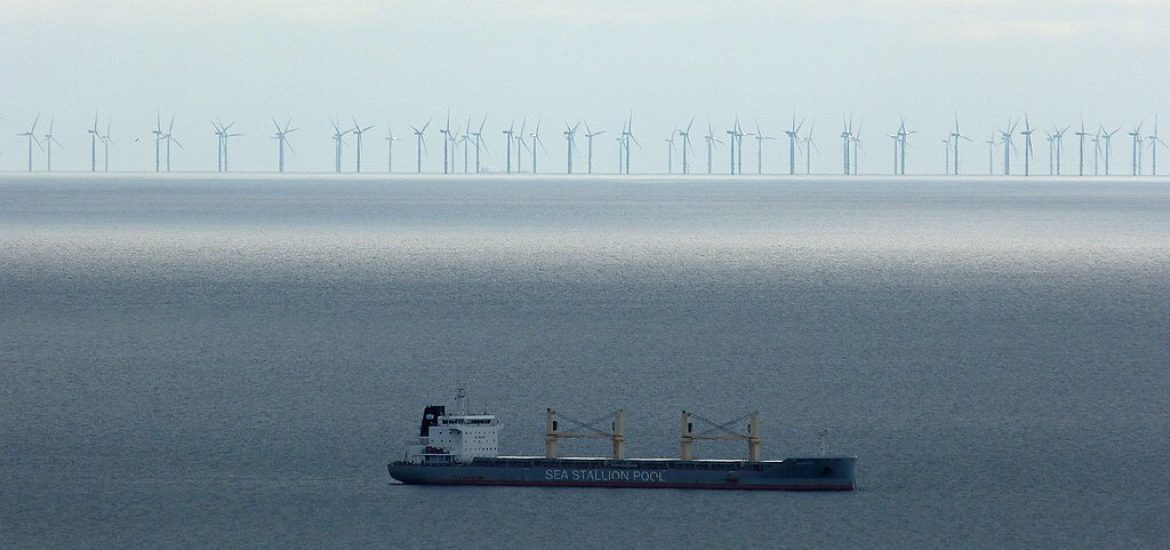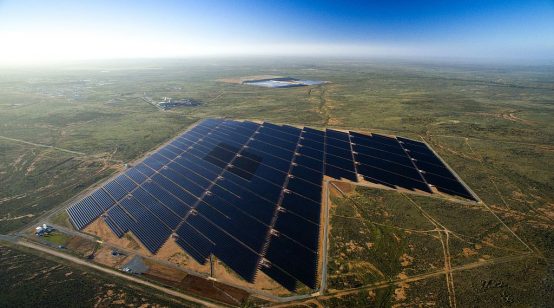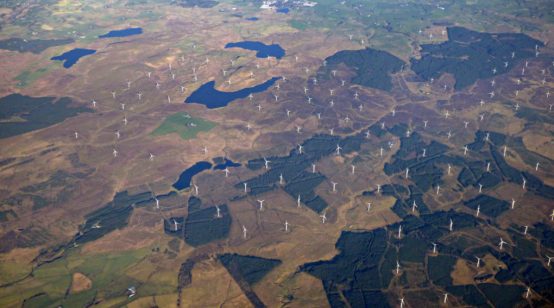
The UK should impose limits on the construction of new wind and solar projects to cut blackout risks, according to a former National Grid director, while the use of European interconnectors is also in the spotlight.
Colin Gibson, who was power network chief for the UK’s electrical network, said existing turbines and solar panels may have to be disconnected and new projects restricted, to “secure” the grid after major power cuts on August 9.
Gibson said the failure revealed several “serious problems” with the operation of the grid, which required an “immediate, independent, expert review”.
It has been revealed that the National Grid regularly restricts the use of power cables from continental Europe because of fears of blackouts if they fail.
If one of the interconnectors tripped while importing at full capacity, it could cause more power cuts.
National Grid allegedly limits the use of the cables, especially at night, to reduce the size of the potential supply shock.
The National Grid plans to spend billions on laying more interconnectors to the rest of Europe.
National Grid, which has annual profits of £1.8 billion largely from operating regulated networks in the UK and the US, is under greater pressure since blackouts on August 9 cut off around 1 million homes and caused rail chaos. The blackouts were blamed on the simultaneous failure of a major wind farm and gas plant.
The National Grid co-owns three interconnectors and profits by selling traders the right to use the cables to transmit power. But the National Grid’s control room, which is a legally separate business, regularly pays energy firms not to use the cables because of the blackout risk if a cable fails. Homeowners are forced to fund the apparently illogical payments.
An unnamed analyst told The Times: “If a large interconnector trips, there will be little other generation on the system providing inertia to control the rate of change of frequency, so an event like that Friday blackout becomes likely.”
The interconnectors to Belgium and the Netherlands each have a 1-gigawatt capacity, while the link to France is 2GW but is treated as two separate 1GW links. The National Grid’s control room reportedly restricts each cable to about 700 megawatts during low inertia.
The National Grid is building another 1GW interconnector to France, a 1.4GW cable to Denmark and a 1.4GW link with renewable powerhouse Norway.
The National Grid systems operator said it “aims to manage the GB electricity network safely and efficiently, keeping costs down and consumer bills to a minimum. All actions we take to balance supply and demand contribute to this.”
Picture credit: Wikimedia





